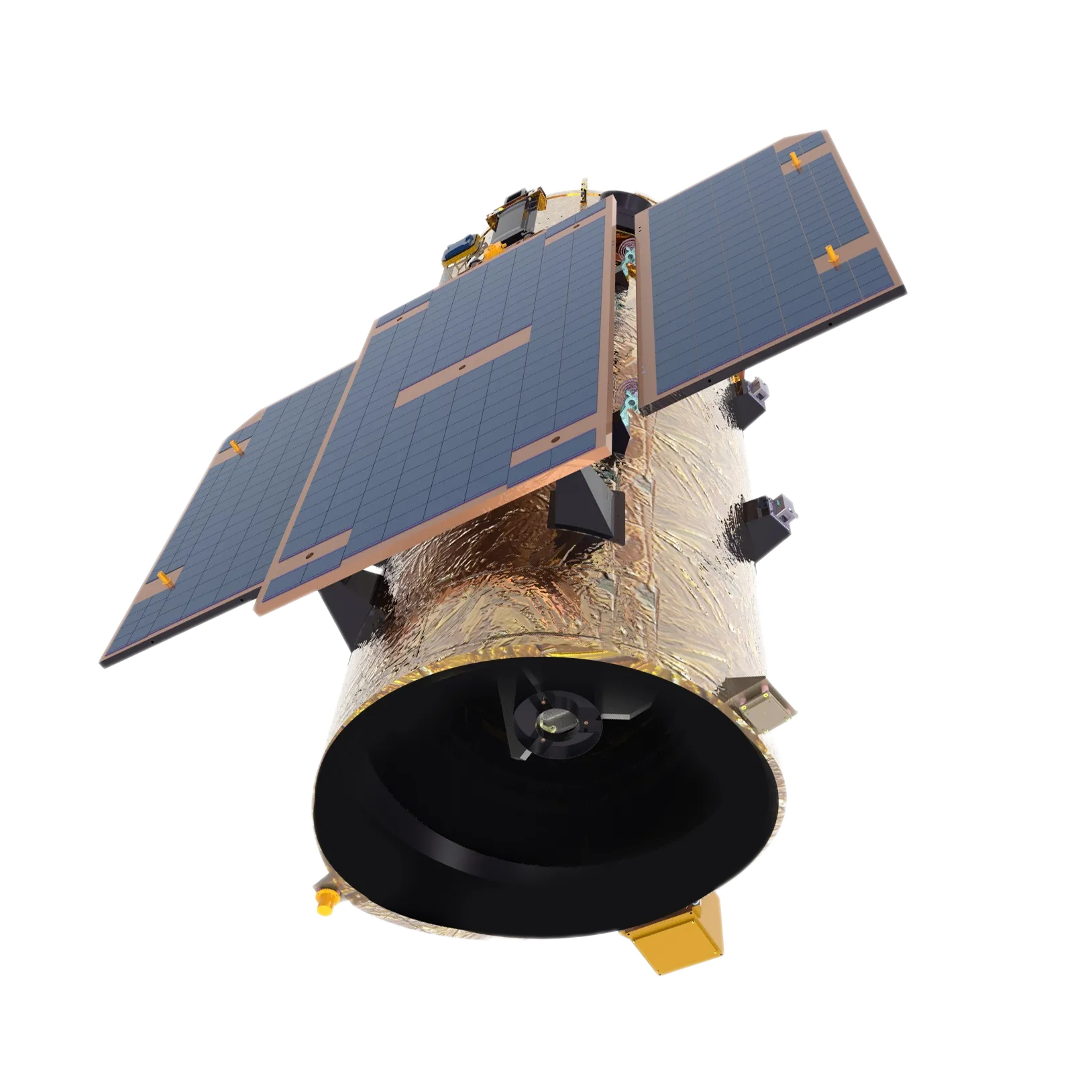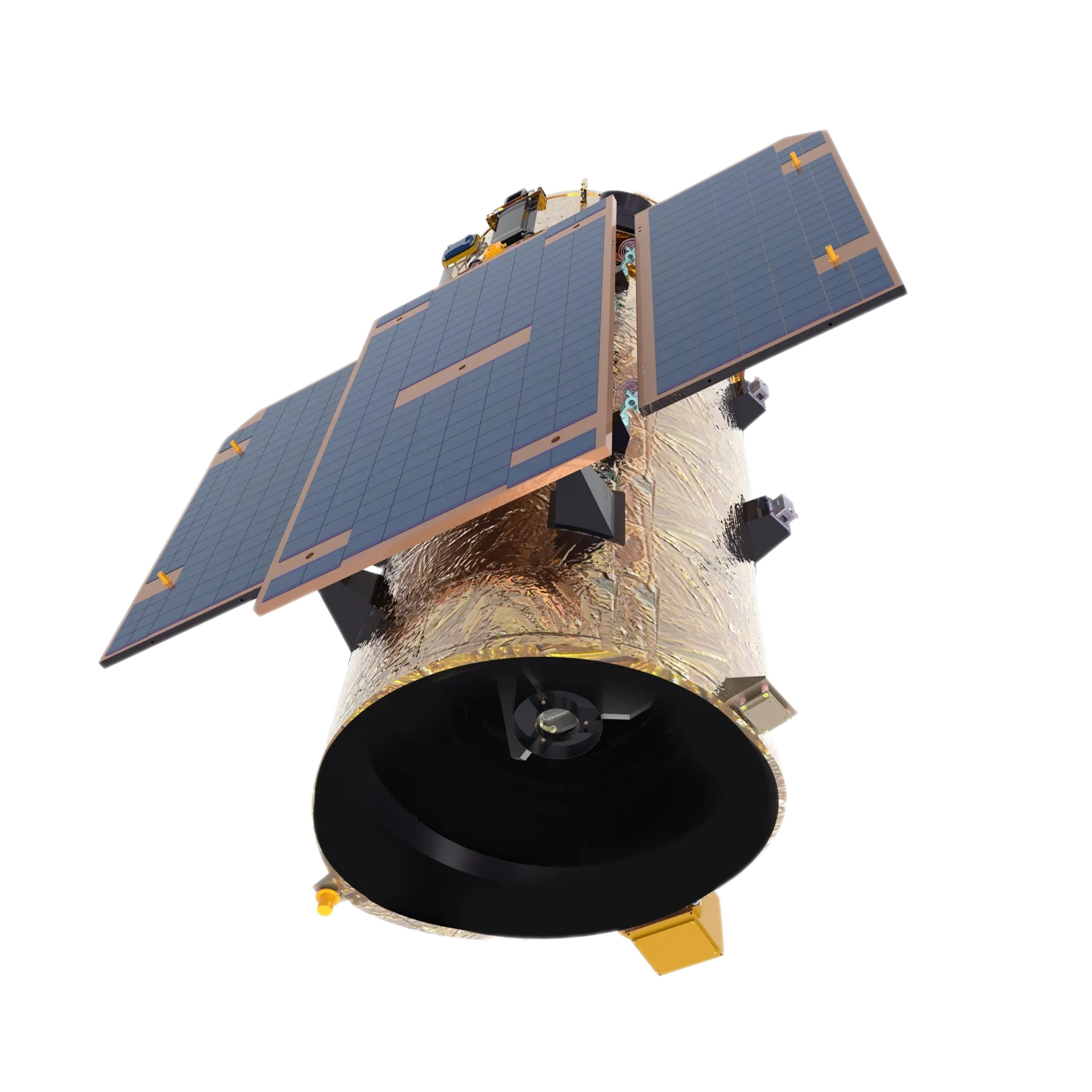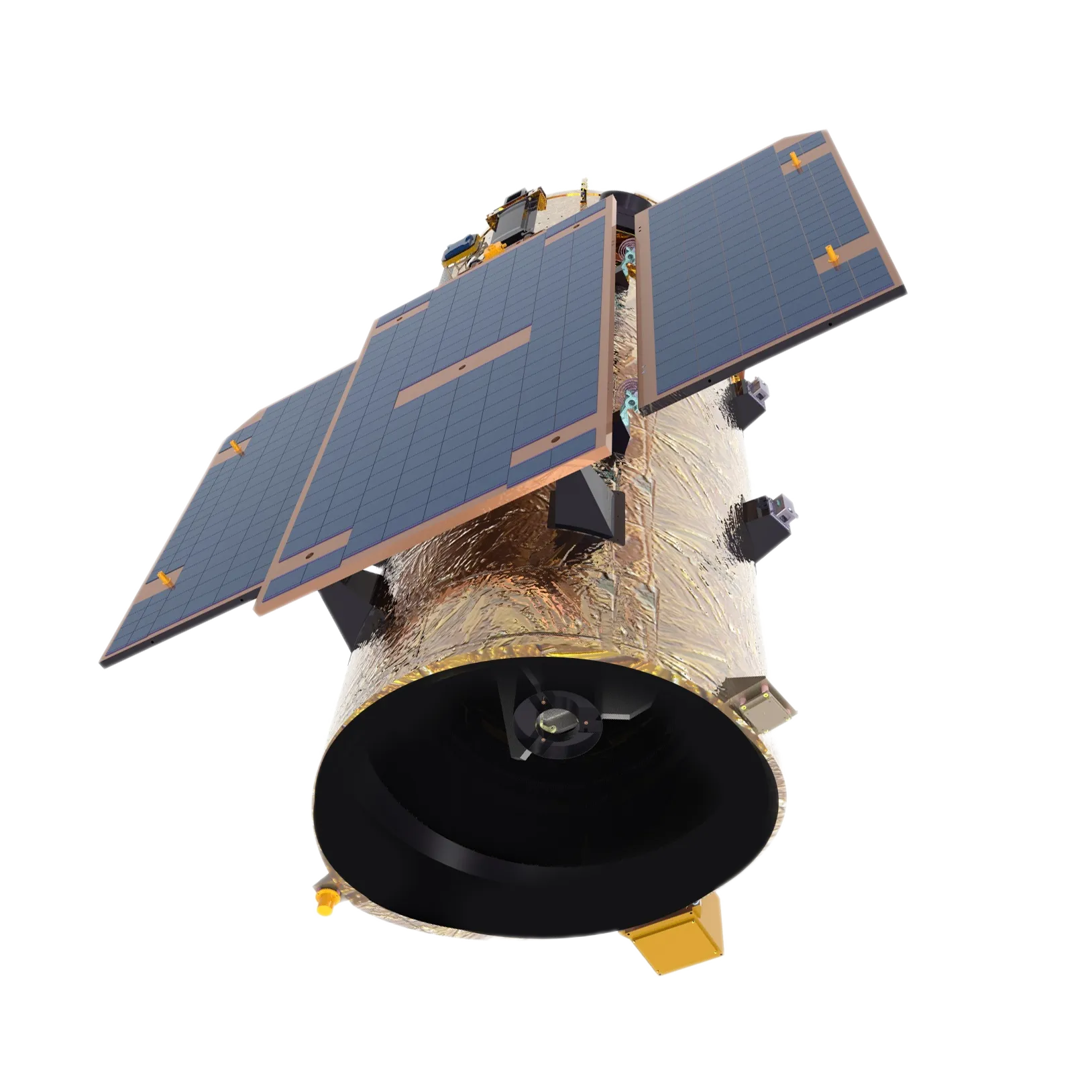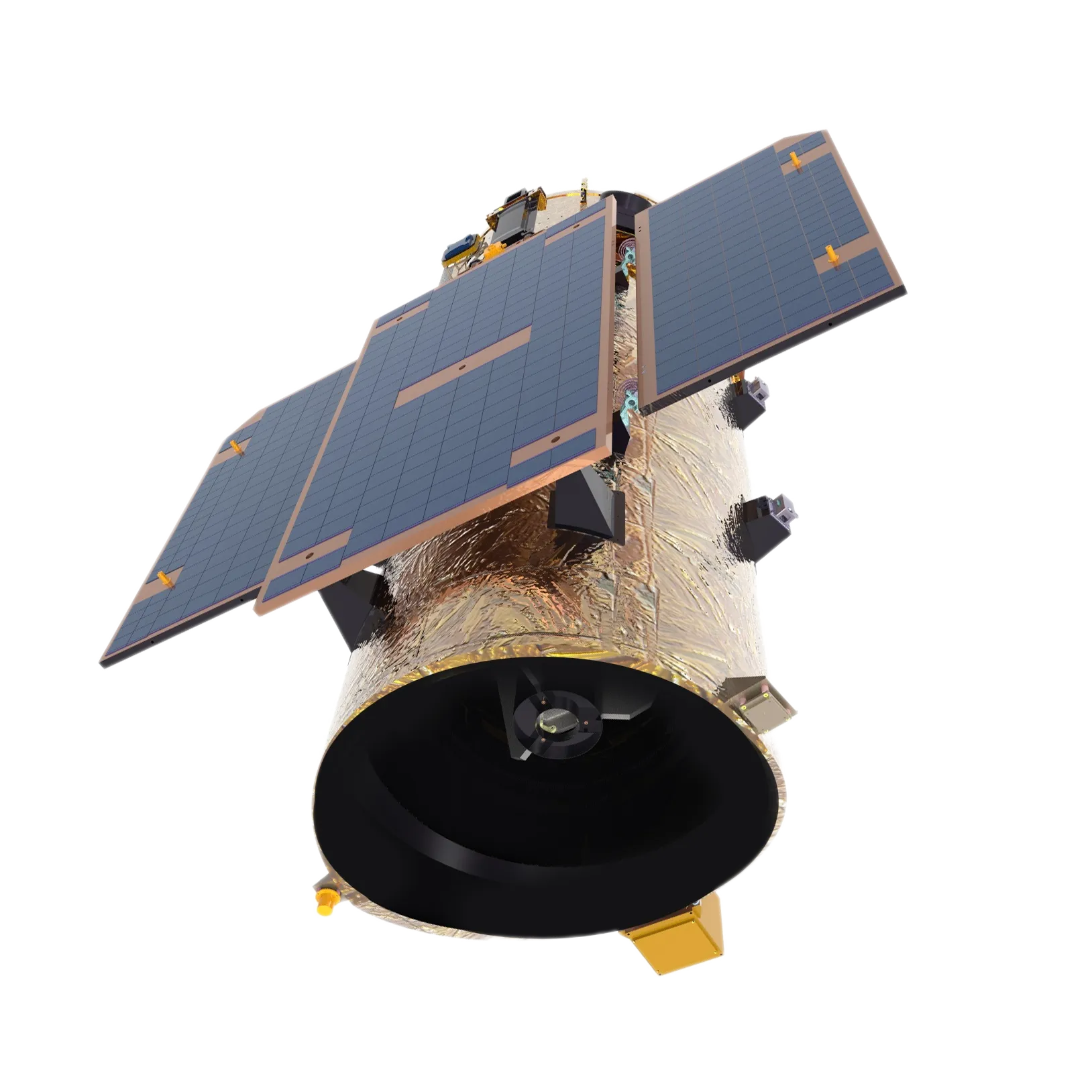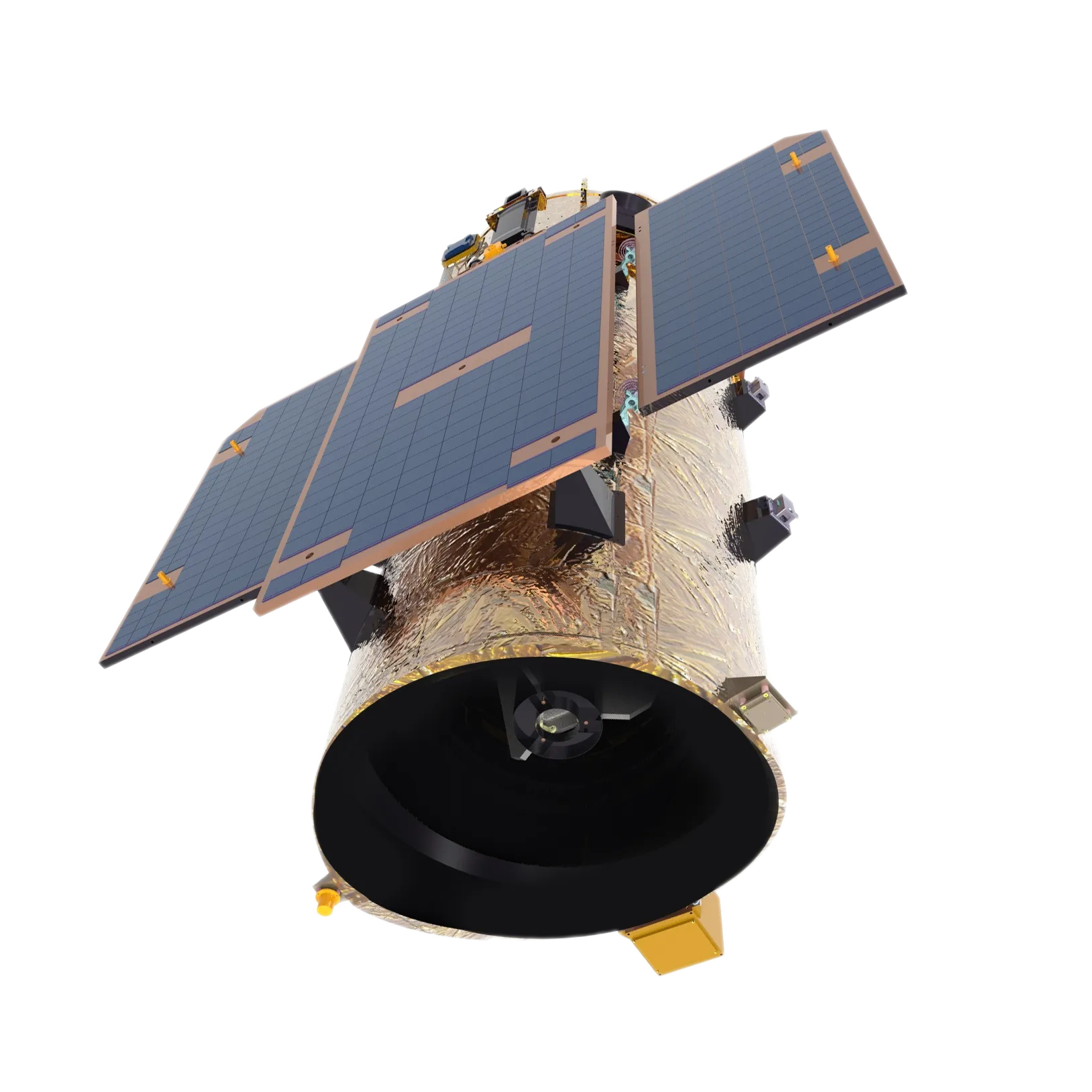
- Afrikaans
- Albanian
- Amharic
- Arabic
- Armenian
- Azerbaijani
- Basque
- Belarusian
- Bengali
- Bosnian
- Bulgarian
- Catalan
- Cebuano
- China
- Corsican
- Croatian
- Czech
- Danish
- Dutch
- English
- Esperanto
- Estonian
- Finnish
- French
- Frisian
- Galician
- Georgian
- German
- Greek
- Gujarati
- Haitian Creole
- hausa
- hawaiian
- Hebrew
- Hindi
- Miao
- Hungarian
- Icelandic
- igbo
- Indonesian
- irish
- Italian
- Japanese
- Javanese
- Kannada
- kazakh
- Khmer
- Rwandese
- Korean
- Kurdish
- Kyrgyz
- Lao
- Latin
- Latvian
- Lithuanian
- Luxembourgish
- Macedonian
- Malgashi
- Malay
- Malayalam
- Maltese
- Maori
- Marathi
- Mongolian
- Myanmar
- Nepali
- Norwegian
- Norwegian
- Occitan
- Pashto
- Persian
- Polish
- Portuguese
- Punjabi
- Romanian
- Russian
- Samoan
- Scottish Gaelic
- Serbian
- Sesotho
- Shona
- Sindhi
- Sinhala
- Slovak
- Slovenian
- Somali
- Spanish
- Sundanese
- Swahili
- Swedish
- Tagalog
- Tajik
- Tamil
- Tatar
- Telugu
- Thai
- Turkish
- Turkmen
- Ukrainian
- Urdu
- Uighur
- Uzbek
- Vietnamese
- Welsh
- Bantu
- Yiddish
- Yoruba
- Zulu
Advancements In Low Cost Multispectral Camera Solutions
The demand for affordable and efficient imaging tools has driven the development of the low cost multispectral camera, which offers the essential capabilities of multispectral imaging without the high expense typically associated with advanced equipment. These compact and user-friendly cameras make multispectral imaging accessible to a wider range of industries and researchers. They retain the ability to capture data in multiple spectral bands, supporting applications like crop monitoring, environmental assessment, and material identification. With ongoing innovation, the performance gap between budget-friendly and high-end multispectral cameras continues to narrow, making it easier for professionals and enthusiasts alike to buy multispectral cameras that meet their specific needs.
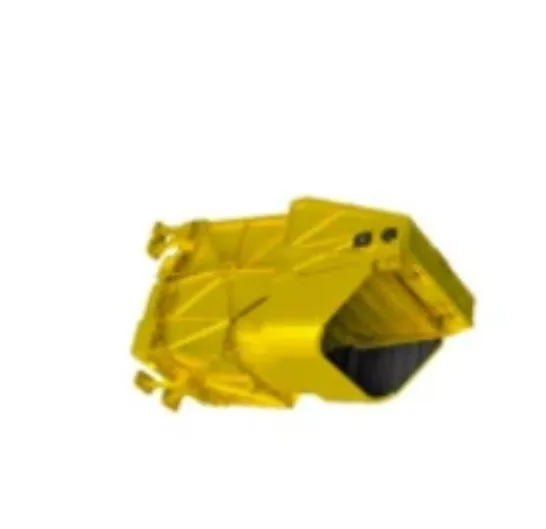
Features of Low Cost Multispectral Cameras
Despite their affordability, many low cost multispectral cameras are equipped with essential features such as multiple spectral bands spanning visible to near-infrared wavelengths. These cameras often integrate with portable devices or drones, expanding their usability in fieldwork and remote sensing. The use of advanced multispectral lenses ensures that even budget models maintain image quality and spectral fidelity. Moreover, the compact design and simplified user interfaces allow for quick deployment and efficient data collection. This balance between cost and capability helps democratize the use of multispectral imaging cameras in new sectors and smaller enterprises.
The Role of Multispectrum Infrared Combination Cameras
The incorporation of infrared capabilities into multispectral imaging creates versatile tools known as multispectrum infrared combination cameras. These devices merge infrared imaging with visible spectral bands, enabling a more comprehensive analysis of the target scene. Infrared imaging is particularly useful in applications such as heat detection, moisture analysis, and surveillance of plant stress. When combined with visible spectral data, it enhances the understanding of complex phenomena that are otherwise invisible to the naked eye. These multispectrum infrared combination cameras are becoming more common as technology advances, offering a broader range of insights in a single device.
How to Buy the Right Multispectral Camera
When deciding to buy a multispectral camera, it is crucial to identify the required spectral range, resolution, and application context. For example, if you need to focus on vegetation health, a camera that emphasizes visible and near-infrared bands will be most effective. If thermal or moisture detection is needed, a multispectrum infrared combination camera might be the best fit. Many vendors provide customizable options, including the choice of multispectral lenses tailored to specific wavelengths. It's advisable to consult with suppliers and review product specifications carefully to ensure compatibility with your data processing software and operational requirements. Investing in a quality multispectral camera will deliver valuable imaging insights and long-term reliability.
In summary, the rise of low cost multispectral cameras is transforming how multispectral imaging is applied in many fields by making advanced imaging more affordable and accessible. Combined with sophisticated multispectral lenses and infrared capabilities, these cameras provide comprehensive tools for scientific, agricultural, and industrial use. Understanding the differences and features of various multispectral imaging cameras will empower users to make informed decisions when selecting equipment for their unique needs. Whether you seek to enhance research capabilities or improve operational efficiency, multispectral technology offers a rich spectrum of possibilities waiting to be explored.






